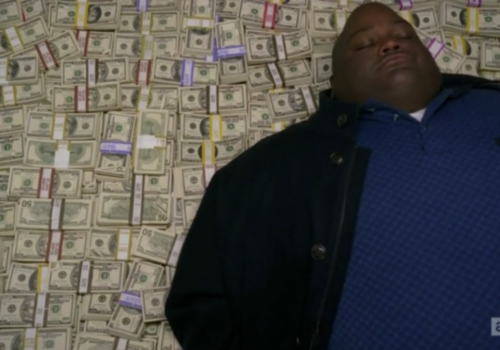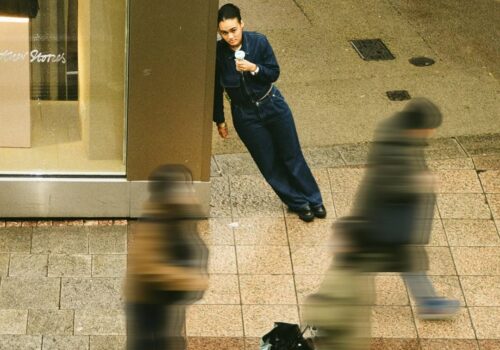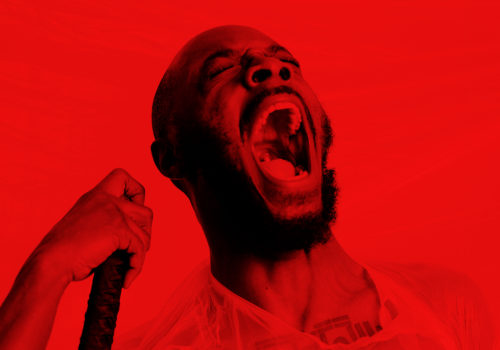Why Are Gig Tickets So Damn Expensive?
Words: Dray Morgan
Ticket prices for gigs have been increasing at an alarming rate. A triple-figure price point for an arena ticket to see your favourite artist is now commonplace. What once might’ve gotten you a festival weekend, now provides you an hour and a half in row Z.
300 euro for Lana tickets, 150 euro to see Playboi Carti and resale for Taylor Swift are fetching a cool grand. Fans are backed into a corner, plagued by FOMO and forced to spend huge amounts of money on live music. After being starved for two years from one of the essential social experiences of life, it makes sense that demand for tickets is higher than ever.
According to Virgin Media, 84 per cent of people say that live music is their favourite pastime with two-thirds of people surveyed saying that they will prioritise their budget on buying gig tickets.
Ticket sales have not only bounced back from pre-pandemic rates, they have increased dramatically. In 2022, ticket sales were up 43 per cent from 2019 levels.
Unsurprisingly, Inflation has increased the cost of performing and transporting stage equipment and artists. Inevitably, this is put on the consumer and we’re footed with the bill.
However, ticket prices are outpacing inflation by twice as much. The average cost of a gig ticket now is 135 per cent more than one in 2001, when inflation has only increased by 74 per cent. Ticket prices outpace every other form of entertainment for price inflation.
The average cost of a gig ticket now is 135 per cent more than one in 2001, when inflation has only increased by 74 per cent.
The elephant in the room is Ticketmaster’s incessant need for more money. Last year, the ticketing giant implemented a new distribution option for artists: Dynamic Pricing. This new method means that the price of a ticket is directly related to the demand for it.
In the Ticketmaster terms and conditions, these “Platinum Tickets” are likened to hotel or airline pricing. This leaves us with eyewatering prices that can reach four figures such as Bruce Sprinstein’s most recent tour costing as much as 4000 dollars. The vendor is quick to pass the buck as they are insistent that it is the artist’s decision whether to implement dynamic pricing or not. However, with 70 per cent of the market share of the ticket industry, whatever they encourage will almost definitely happen.

This model is also an attempt to stop resellers and ticket touts from buying tickets, forcing exorbitant resale prices. In the UK, the secondary ticket market is worth over one billion pounds. Ticketmaster’s solution is to absorb this market by making tickets more expensive than any resale sites.
Supply and demand also affect the artists when attempting to book venues. COVID-19 caused many tours to be postponed which has resulted in a bottleneck of musicians trying to reserve arenas at the same time. Arenas are able to increase prices and the consumer feels the financial burden once again.
In a ridiculous turn of events, this squeeze on the wallet has actually made it cheaper for fans to fly from the U.S. to Europe and attend shows. Madonna’s gig in New York City cost 2666 dollars versus London’s 1838 dollars, while Bruce Springsteen tickets were more than fivefold in Newark at 537 dollars, while Copenhagen’s cost 96 dollars this year. Travelling Intercontinental for shows has become so popular that hotels housing the homeless in London were emptied to make way for Beyoncé fans.
With an effective 18.9 billion dollar monopoly from Ticketmaster, there seems to be no solution until an alternative vending method is established. Ticketmaster is also increasingly expanding its hold on the market, frequently acquiring smaller ticket vendors on an international scale.

Times have changed and so have the revenue streams of an artist. One million streams garners about 3500 euro. If Lana Del Rey sells out the 13,000 capacity 3Arena, at a now conservative 130 euro per ticket, that is almost 1.7 million euro brought in per night. That is the equivalent of 485 million streams, 20 times more than her daily listenership on spotify. This also does not include profit made from merchandise sold at shows which is another key income stream.
On the other hand, artists who cannot rely on the offensively low streaming royalties given by Spotify, Apple Music and other services, need revenue from live shows. Last year, Little Simz had to cancel her U.S. tour due to “the financial unviability as an independent artist”. Although she has three million people listening to her every month on Spotify alone, ticket pricing just could not make it worthwhile or even feasible to tour.
Maybe this means that we should divert our attention from ticket pricing and scrutinise the serious lack of revenue that artists are seeing from their own digital works. It is a necessity for artists to charge more for tickets just to be able to survive.
Concerts are by far the most profitable part of being a musician and not being able to perform for two years would have seen artists take a significant hit to their income. In the 80s and 90s, concert ticket sales accounted for 30 per cent of musician earnings whereas today, they account for 75 per cent.
So have we seen the end of the regular concert-goer? Possibly. Formative years spent enjoying live music will definitely be muddied by these pricing changes. Young and working-class people will be priced out of being able to share what once was a universal experience. The great unifier is music and that will cease to exist if concerts continue to impose a class divide.





